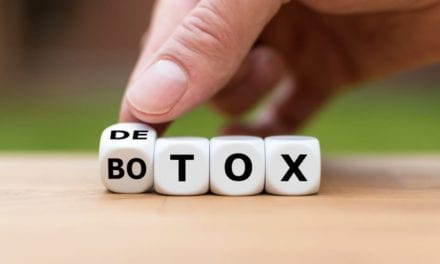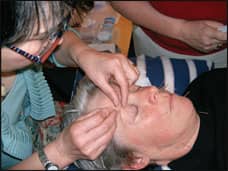Medscape is running a useful and informative CME presentation about neurotoxins in general and Dysport/Botox Cosmetic in particular. The lecturer, Gary D. Monheit, MD, opens with the interesting history of botulinum toxin, proceeds to describe the science underlying the botulinum molecule itself and the subtypes, and goes through the clinical trials and tips/cautions for proper use of the neurotoxins. You can either listen to his lecture or read the transcript.
From Monheit's opening remarks:
"What's the ideal neurotoxin?" What kind of properties would we want if we could choose the very best? We would like something that acts rapidly. We would like a molecule that has stable pharmacologic action throughout its whole time of activity. We want the toxin effect limited to the muscle sites — limited yet controlled diffusion. We have to have some diffusion in order to affect the muscles we're treating. [We want] few drug-related side effects, such as pain, flu-like symptoms, unwanted areas treated. We want a natural appearance. It needs to be physiologic, and we would like a prolonged action — hopefully 6 months or greater. None of our toxins have all of these properties today; maybe someday we'll see it.
Here are the toxins that are on the market [and in development]. In the United States we have Botox® and Dysport®. There are other toxins in the world that are not approved, such as a Korean toxin, a Chinese toxin, and some that are under investigation in the United States. PurTox® is being investigated by the Mentor Corporation for FDA approval, and Xeomin® by the Merz Corporation. Both of those are bare neurotoxin molecules without complexes. Myobloc® is a different toxin. It's a type B toxin and presently isn't being used for cosmetic reasons. Another exciting neurotoxin on the horizon…is a topically applied neurotoxin with absorption through the skin.




